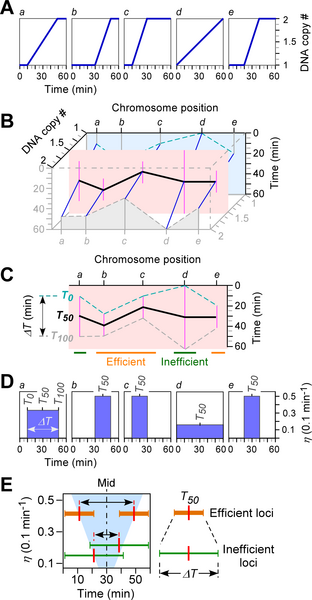For the first time, findings by scientists at the Genome Institute of Singapore (GIS) may be paving the way for more efficient analyses and tests related to the replication of cells, and ultimately, to the better understanding of human biology, such as in stem cell research.
Faithful duplication of the genome (the hereditary information that is encoded in genetic materials known as DNA) ensures that daughter cells inherit a complete set of genetic materials identical to parent cells. This duplication occurs in the section of the cell cycle known as the S-phase. Extensive research on the budding yeast, an organism often used in modern cell biology research, had revealed that the replication process is initiated at hundreds of origins in the S-phase. However, because previous studies focused on the replication timing and initiation sites, but not on the efficiency, it was thought that replication efficiency decreased as the S-phase progressed.

In their paper, GIS scientists described how they were able to determine the replication timing and efficiency at the various loci in the genome. Specifically, replication efficiency was found to be low at the beginning of the S-phase, and increased at the later stage of this phase.
GIS Group Leader and the corresponding author of the publication, Dr Liu Jianhua, said, “Our evidence strongly supports the stochastic model for the regulation of DNA replication in high eukaryotes (organisms whose cells are organised into complex structures by internal membranes and a cytoskeleton) such as humans. We have shown that replication efficiency can be directly determined on a genomic scale. More significantly, our study provides for a novel methodology for the analysis of replication efficiencies at a genomic level in other species, and this is a very important step for the advancement of research in fundamental biology.”






Comments